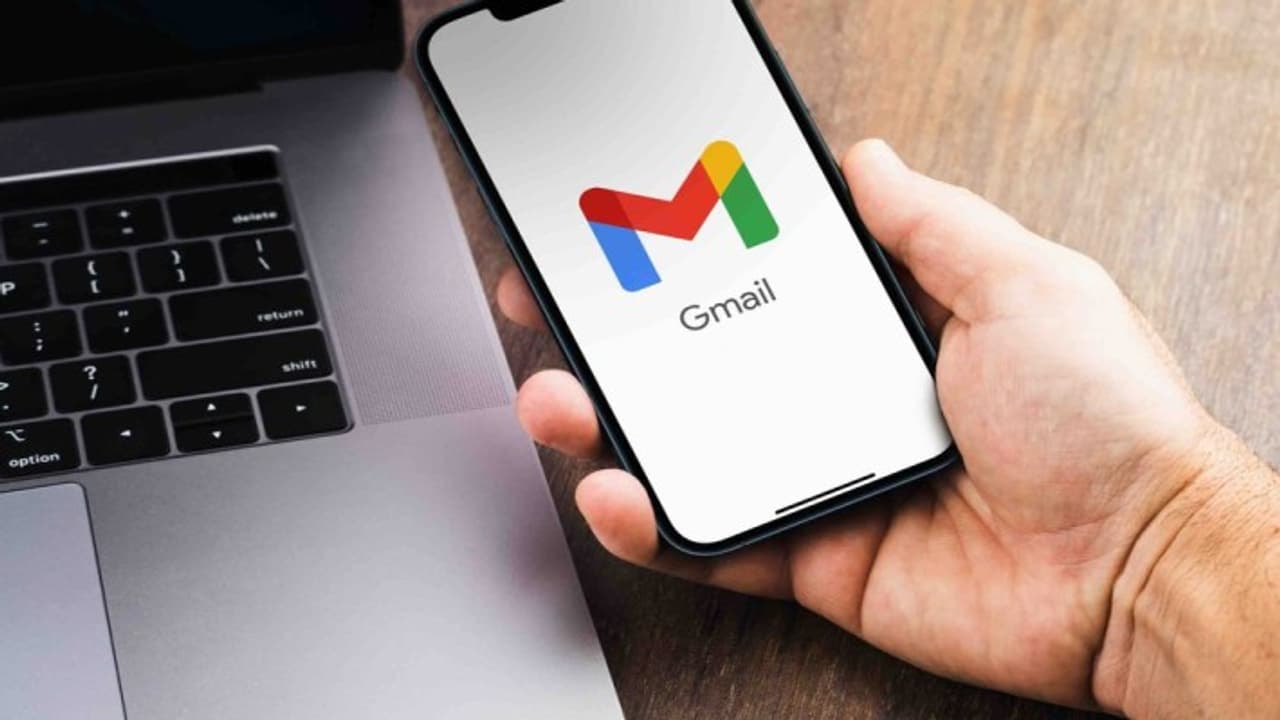Sophisticated phishing attacks targeting Gmail users are bypassing Google's security measures. These AI-powered scams use realistic emails and phone calls, often referencing legal issues, to trick users into revealing their login credentials.
Gmail users have been cautioned to exercise caution since well-crafted phishing schemes are already getting past the internet giant's own security measures and surprising consumers. Cybercriminals are using artificial intelligence to create follow-up emails and phone calls that sound nearly exactly like Google. These emails, which typically highlight pressing legal issues like subpoenas, are rife with fabricated urgency to trick recipients into clicking on harmful links.

After being directly targeted by this new fraud, developer Nick Johnson was among the first to raise the alarm. In a thorough post on X (previously Twitter), Johnson said, "The first thing to note is that this is a valid, signed email — it really was sent from no-reply@google.com."
"Gmail shows it without any warnings and it passes the DKIM signature check. It even places it in the same conversation as other, authentic security alerts." But make no mistake — this is a phishing attack designed to steal your personal data.
Unexpectedly, users are sent to a phony Google webpage that appears almost exactly like the genuine one after receiving a call or email. The worst part is that Gmail cannot mark the emails as suspicious because they are properly signed and come from reputable domains.
Such phishing emails undoubtedly aim to fool users into entering their Gmail login credentials on a phony website that closely resembles the genuine one. Scammers may read your emails, steal personal information, and even use your account to send more phishing emails to your contacts once they have your login credentials.
Some of these frauds even go so far as to ask customers to provide their phone number, recovery email, and even two-factor authentication passwords. That fully locks you out and offers fraudsters entire access over your account.
How to avoid this Gmail scam?
- Initially, avoid clicking on any links. Don't rely on links in emails if you're not sure whether the message is authentic. Instead, open Gmail in a new tab and navigate straight to your account settings. From there, examine your security settings and account activities.
- Report the email, second. To report phishing, just click the three-dot menu in the upper right corner of the message and choose "Report phishing." This capability is incorporated into Gmail. This makes it easier for Google to spot and stop such frauds in the future.
- Third, if you haven't already, enable two-factor authentication (2FA). This gives your account an additional degree of security, making it more difficult for hackers to access it even if they are aware of your password.


